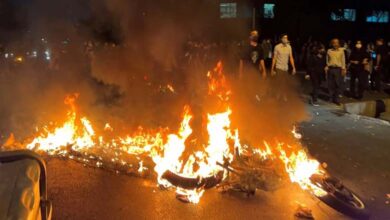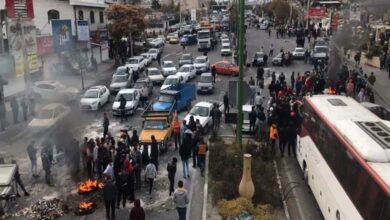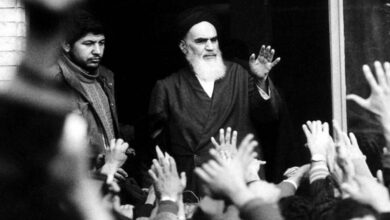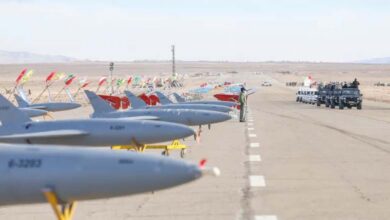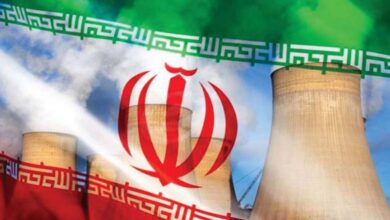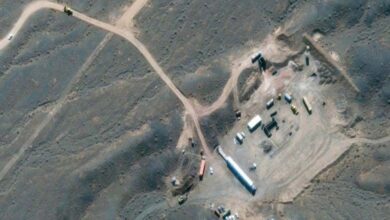New catastrophe… Iran prepares to become a nuclear state
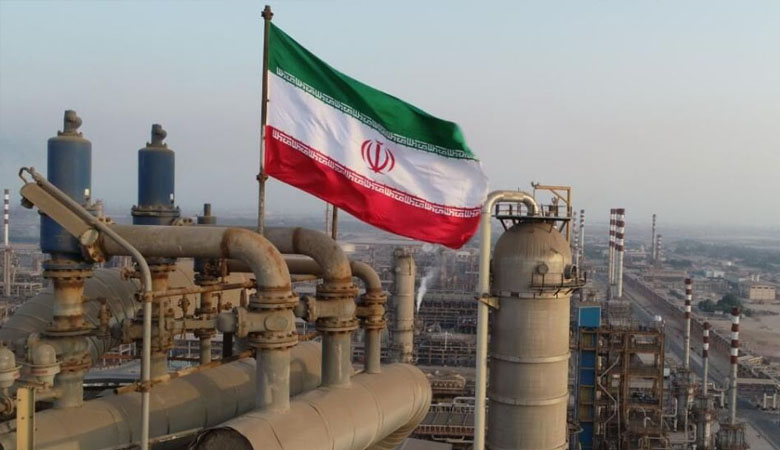
When U.N. International Atomic Energy Agency inspectors set out for Iran’s Fordow nuclear plant in January, they gave their Iranian counterparts almost no notice of the impending visit, a routine, unscheduled inspection, the International Atomic Energy Agency calls, designed to give employees at one of Iran’s most secretive facilities as little time as possible to make adjustments to equipment, the Financial Times reported.
The British newspaper reported that on this occasion, the inspectors would discover something worrisome: after they wore lab coats and descended on Fordow, built deep in a mountain to protect against American or Israeli bombs, they were immediately given cause for concern.
The agency reported that “two sets” of advanced centrifuges for enriching uranium were configured in a manner “fundamentally” different from what Iran’s nuclear authorities had declared to the IAEA.
Nuclear state
The IAEA experts returned the next day, wore gloves, took swabs and plastic bags, and took dust samples from the area, which were returned to the agency’s headquarters in Vienna. After its scientists examined the particles, the IAEA made a discovery that would shock the outside world, as the uranium in the dust was enriched to a purity of 83.7%, the highest level ever discovered in Iran. The findings suggest that Tehran was closer than ever to having the capacity to produce nuclear weapons.
This was the latest evidence of progress in Iran’s nuclear program since the United States under President Donald Trump unilaterally withdrew from Tehran’s agreement with world powers, known as the Joint Comprehensive Plan of Action, in 2018.
In the five years that followed, the Islamic Republic entered a dangerous game of brinkmanship with Washington – today Iran is on the verge of becoming a nuclear state.
Iran “could produce enough fissile material for a nuclear weapon in about 10-15 days and it would only take several months to produce an actual nuclear weapon,” Joint Chiefs of Staff Chairman Mark Milley told a Senate hearing in March.
The paper said it had left Western diplomats struggling to come up with viable options to reverse or at least halt progress, amid fears that the current trajectory is unsustainable and risks fueling the next conflict in the Middle East.
Temporary repair
In recent months, officials in Europe and the United States have quietly resumed discussions about how to address the crisis.
“Officials from the so-called E3 – France, Germany, and the United Kingdom – also met with Ali Bagheri Kani, Iran’s nuclear negotiator, in Oslo in March.” “Separately, Ali Bagheri said he met with E3 officials in Abu Dhabi this month.”
Meanwhile, talks between the U.S. and Iran grew out of heightened tensions in the first quarter. An Iranian-manufactured drone killed a U.S. contractor in Syria and the U.S. responded with an airstrike on a facility used by Iran’s elite Revolutionary Guard; killing two Iran-affiliated fighters.
Following the exchange, the United States received indications from Iran that it was interested in discussions to defuse tensions and appeared more serious, according to a person familiar with the matter.
After indirect U.S.-Iran talks in Amman in May, Tehran signaled it was ready to take nuclear steps that would signal it is backing off somewhat, the source says, as Washington waits to see if Tehran will.
But the United States has told Iran that it sees anything more than 60 percent enrichment as an “arms march,” the person says, adding that the administration has been told that pursuing that path would have serious consequences.



